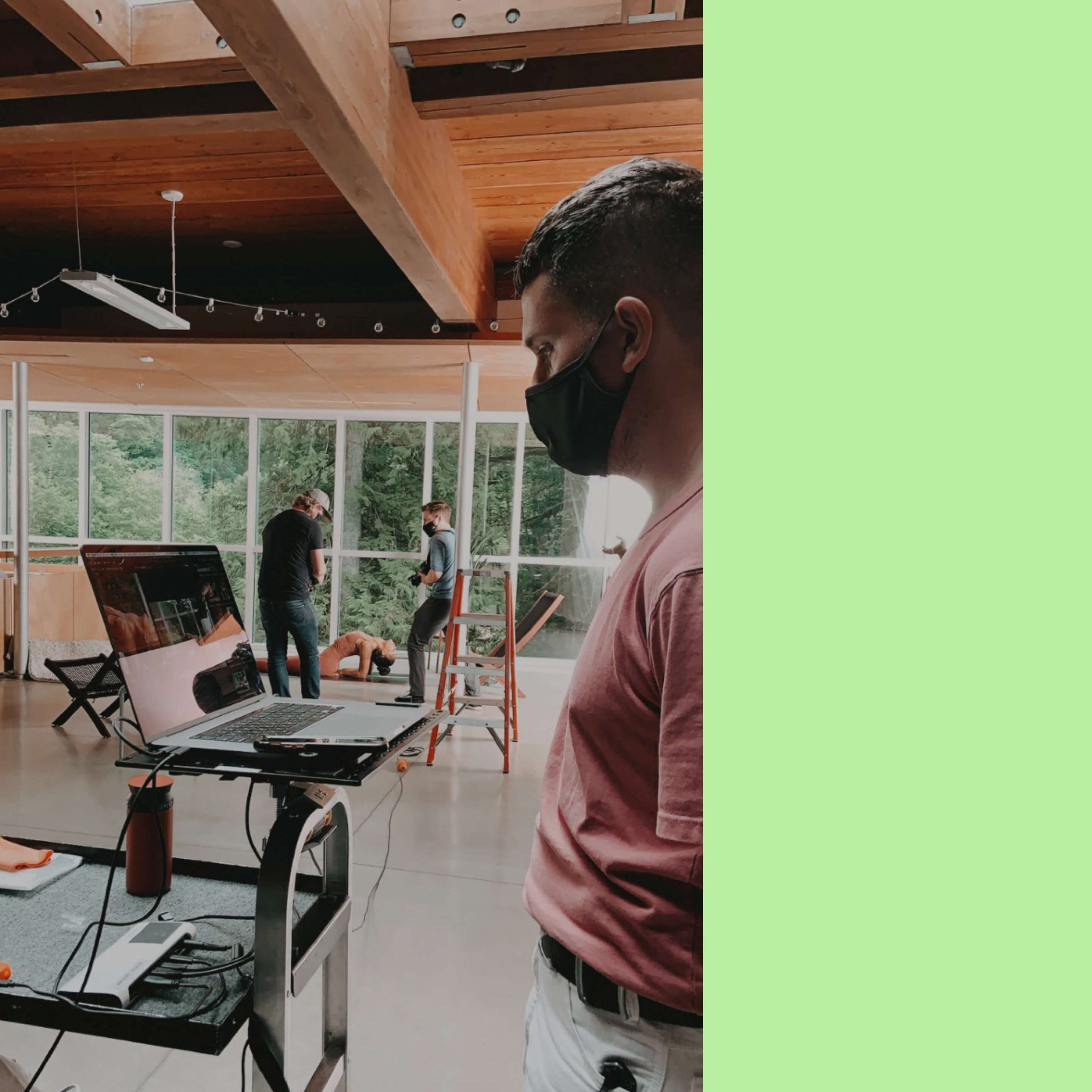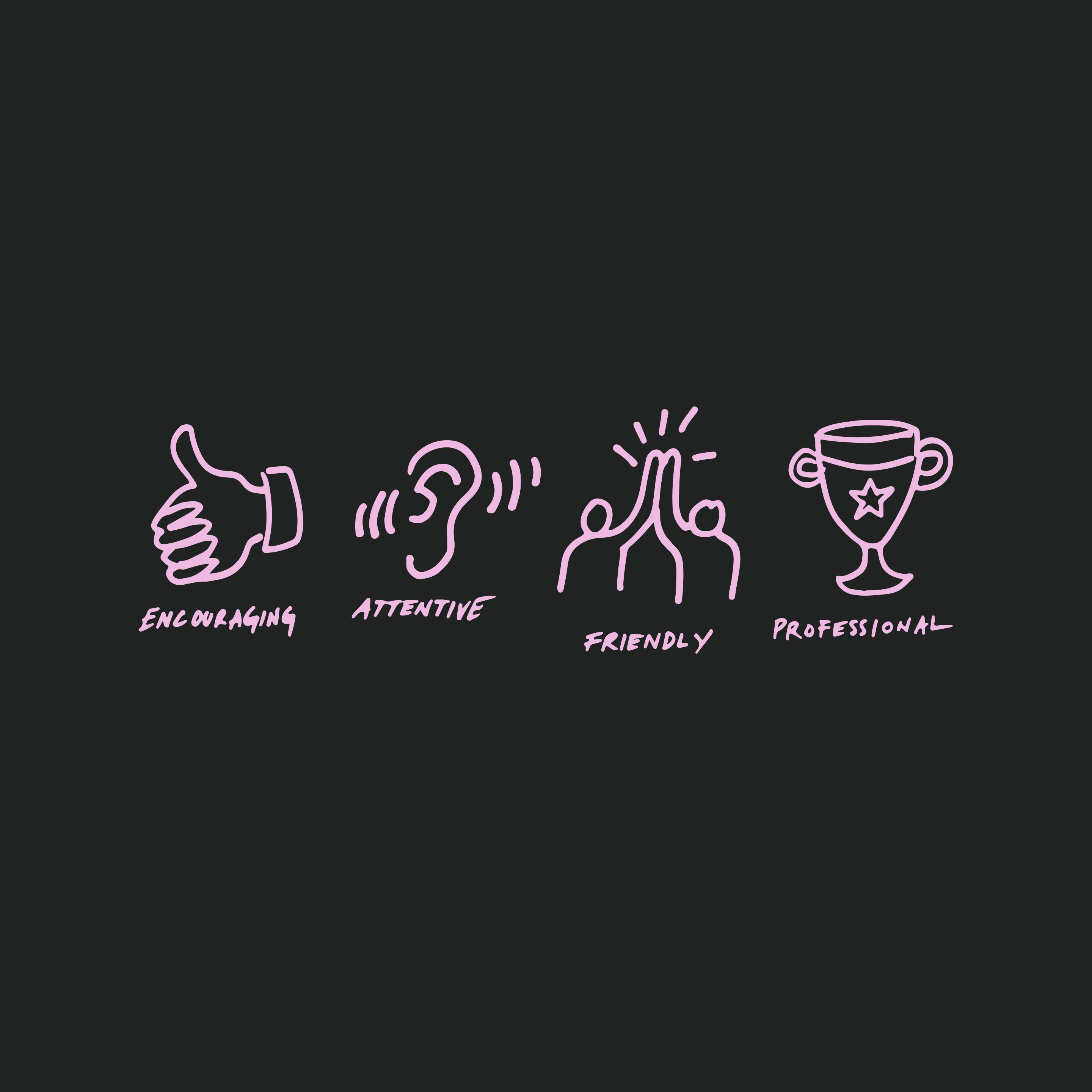When it comes to crafting design solutions for any brand it’s always exciting to jump in with both feet—but how do we know that what we’re creating is going to hit the mark? Grounded in the work of world-renowned industrial designer Dieter Rams and his 10 principles of good design ideology, having an established design philosophy ensures every deliverable serves a purpose.
Why have a design philosophy?
How can you judge a piece of work if you don’t know what you’re judging it against? Your design philosophy is an innate part of who you are and why you exist—and taking the time to define what matters to you allows you to measure your work more effectively.
At Monday, whether delivering a full rebrand, a one minute product film, an ecomm photoshoot or a weekly email, our design philosophy acts as a filter for whether we’re on track or not. It provides that level of precision to ensure we’re meeting the necessary requirements, and gives us the breathing room to challenge the status quo and think big.
Our three guiding principles
We’re firm believers that when function meets emotion great design is the result. Our three guiding principles ensure we’re achieving what we’ve set out to achieve—enabling brands to become the best versions of themselves.
What’s the story?
1. Fascinate the audience with compelling narratives that are authentic and genuine.
You can have the best strategy, but if you don’t look the part then what’s the point? A story can be told in more ways than one, and it’s important to understand the critical role that visuals play in storytelling. If a brand is speaking the truth, people will feel that through the words they’re reading and the visuals they’re seeing. It’s these holistic brand stories that win trust and form long-lasting relationships with their audience.
“Trust cannot just be gained through words, but instead only through visual proof and the winning of sympathy.”
Olt Aicher
Let’s get technical
2. Go beyond the surface level, take time to express art, engineering and quality.
Refine. Refine. Refine. We’re constantly critiquing our own work and seeking feedback from our clients and peers. It’s about the details, but also about the big picture—and when focusing on one and not the other, the narrative can easily get off track or lose it’s original intention. Nine out of ten times when something is designed it’s not quite right. It’s important to take the time to step back, re-evaluate and then keep crafting. When it’s right, we know it.
“There is beauty when something works and it works intuitively”.
Jony Ive
Hooked on a feeling
3. Capture hearts and minds by provoking an emotional response.
There’s nothing more rewarding than knowing our work has made an impact. Empathy, authenticity, transparency—connecting on a human level is key to provoking an emotional response. Taking the time to understand the audience and the problems we’re helping them solve ensures there’s no ambiguity when asked: Why should I care? The amount of noise in the world is at an all-time high, which is why it’s more important than ever to ensure we’re empowering our clients to make a difference.
“If no one hates it, no really loves it”.
Jessica Walsh
Putting this into action
Our design philosophy permeates throughout everything we do—and when we feel we’ve hit the nail on the head we take a moment to ask ourselves: Are we telling an authentic story? Have we crafted something beautiful? Have we provoked an emotional response? If the answer to any of these is anything less than a resounding YES—we take a breath, reflect and iterate until it’s right.






